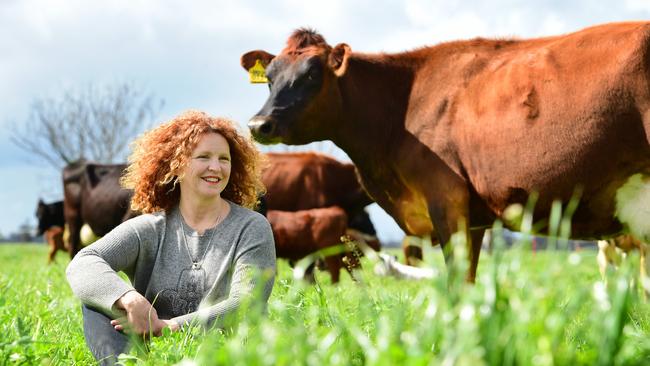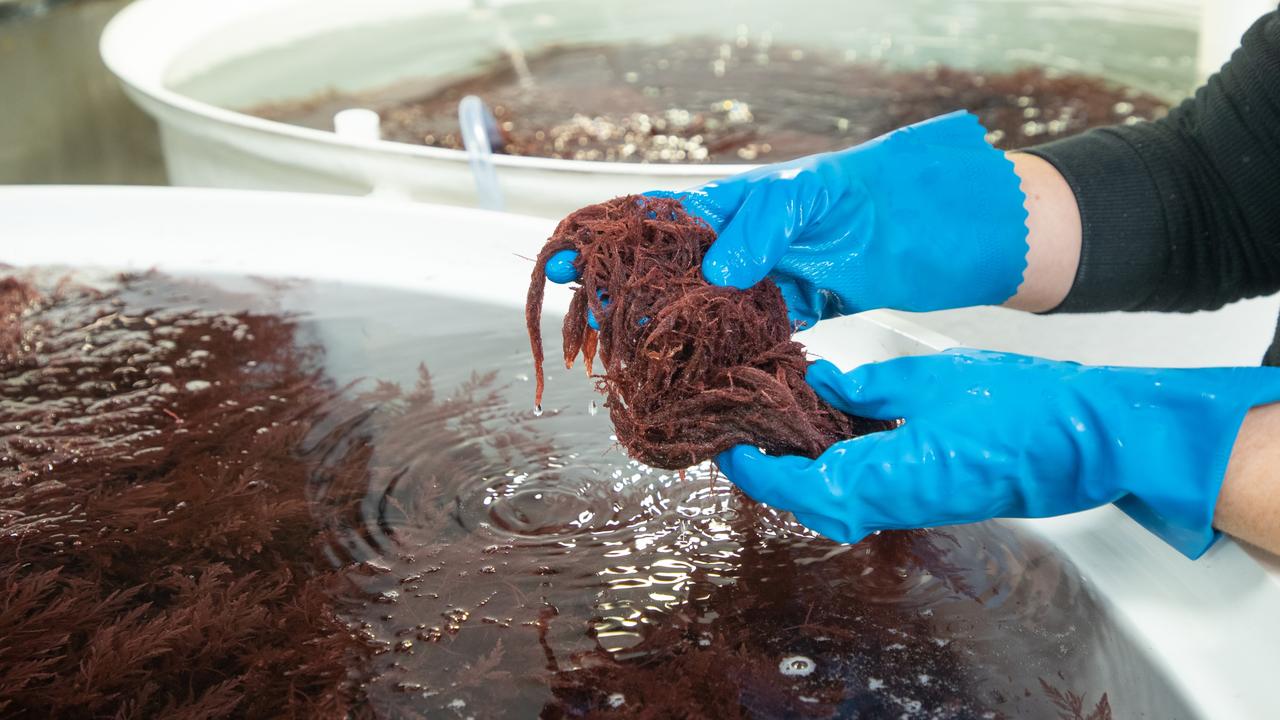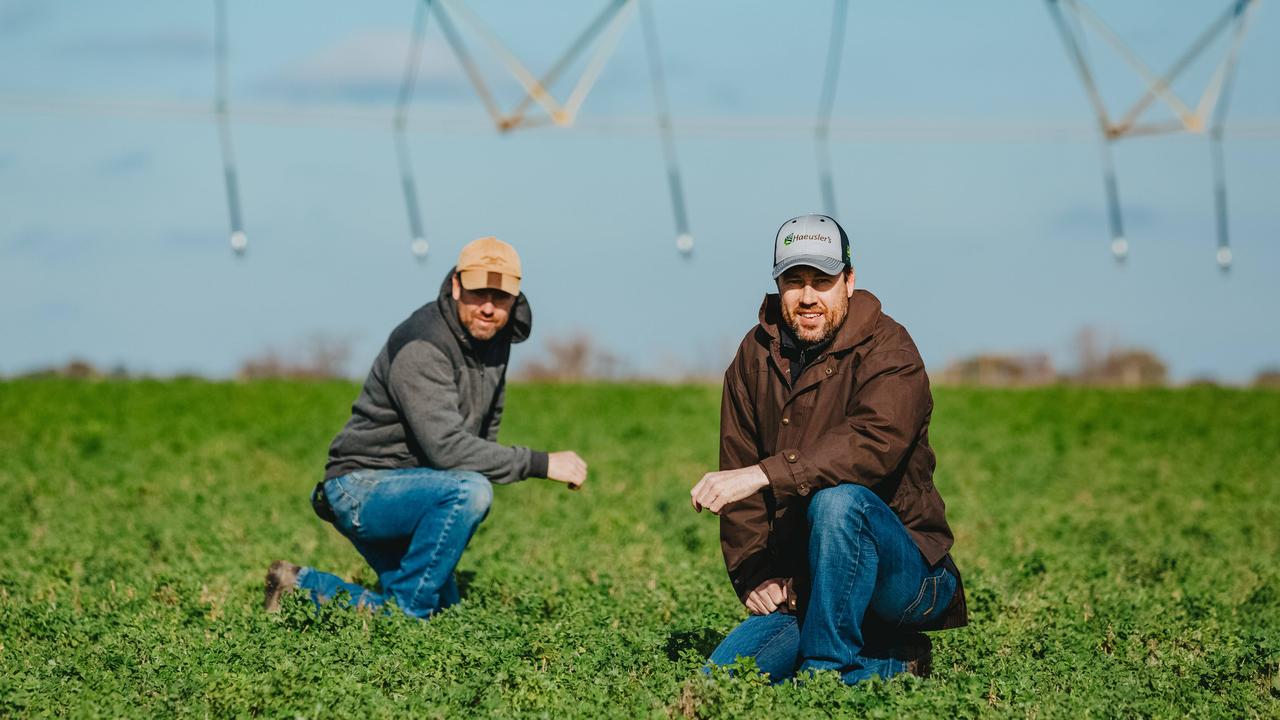How Now dairy: Taking an animal welfare approach on milking
AS PARTNERS in life and milking cows, a dairy farmer and an animal welfare activist are breaking with some long-held traditions of the milk industry.
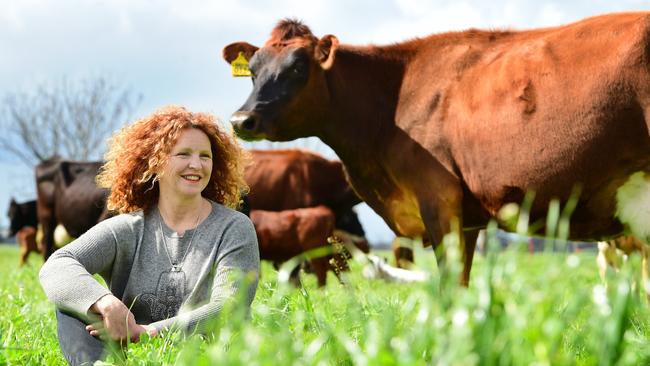
WHEN Cathy Palmer and Les Sandles embarked on their mission to build a different dairy model, they found there were no rule books, no guidance and no one else in Australia doing what they wanted to do.
They wanted to create a viable dairy farm, while keeping the calves with their mothers, ending the need for bobby calves — male calves, which just five or six days after birth, are sent to abattoirs or reared for dairy beef.
Cathy, who worked in the music industry and was a strong advocate for animal welfare, met Les, a third generation dairy farmer from Katandra, nine years ago.
Over many discussions, dairy consultant Les taught Cathy about the industry and explained what generally happens to the bobby calves.
“I was horrified about bobby calves and four years ago we started this journey,” Cathy says. “Our mission is to stop bobby calves, at five days old, being put on to trucks.”
Cathy’s distress over bobby calves manifested into an action plan to launch their own brand — How Now dairy.
“We were tired of arguing about the junction between dairying and animal rights,” Les says. “There were bits of solutions around but it never connected in a seamless way so we figured the only way we could do it was by bottling our own milk.”
The couple now produce and bottle How Now milk on a leased property at Wunghnu, and also supply milk to cheesemaking business Locheilan Farmhouse. However, the path from idea to working dairy was a challenging journey for the couple.
CATHY and Les drew up a budget two years ago and in spring last year bought 18 in-calf Jerseys and took them to Les’s farm at Congupna.
“I was determined to challenge every concept of dairying,” Cathy says, “but it was a bit daunting because no one else was doing it.”
After the first Jersey calved, Cathy and Les gave it about 48 hours with its calf, then took cow and calf into the dairy. After the calf was fed, the mother was milked with the calf curled up on the floor at her feet. The next 17 Jerseys calved over the following four weeks.
Some of the herd were on their second lactation, some on third, fourth or fifth.
“We found the myths we had been told held no truth,” Cathy says. “It was not true that the cows would hide their calves, that they would be bad mothers or become aggressive in the dairy.
“The Jerseys are beautiful to handle and we’re very respectful of the animal-human relationship.”
Initially the couple did not have a market for their milk, so they bought six male calves at six days old and fed them the milk.
Their search for milk buyers led them to Sue and Bruce McGorlick, who were running Locheilan Farmhouse cheesery on their property at Wunghnu.
The McGorlicks were planning to retire and looking for someone to buy the cheesemaking business. Cathy and Les are now leasing the 140-hectare property, with Les learning how to make cheese from Bruce. In November last year Cathy and Les moved their herd to Locheilan, to join the resident herd.
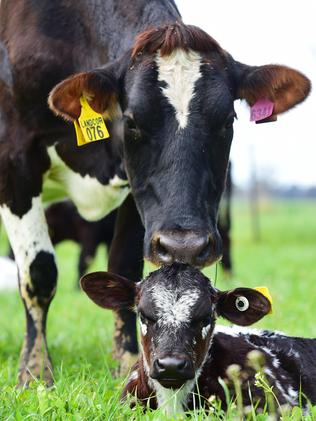
They now run a 75-cow milking herd, with milkings twice a day. The herd is 70 per cent Jersey and crossbred and 30 per cent Holsteins. They aim to replace the black and whites with Jerseys, as funds allow.
“We will use Jerseys for cream and butter and the others for cheese,” Cathy says.
From about two months old, calves are moved to a nearby paddock after the morning milking, and reunited with cows after the afternoon milking finishes. Cathy describes it as “day care”. She says the aim is to give mothers’ teats a chance to recover.
Calves are usually weaned at about five months old.
The couple have used a Speckle Park bull and a Wagyu bull, with the aim of growing bull calves out for three years. They use sexed semen to produce replacement heifers.
Farm manager Peter Akindoyeni says the heifers calve in spring and autumn and calving can take up to 2½ months.
He says the herd’s average daily milking is more than 20 litres, while the ages range from four to six years old.
Les says their production figure is close to the median, but below the average for the state.
The herd is fed supplemental hay and straw over winter and 5kg of mixed grain each day in the bail. In summer the herd has more protein, eating lupins and canola, while in winter they graze subclover and canola.
The milk ranges from 3.9 per cent to 4.6 per cent fat, with an average of 4.5 per cent, while protein consistently sits at 3.7 per cent. Les says this level is above the industry average.
“We aim for consistent protein and quality, on a farm where almost weekly things change,” he says.
The bulk milk cell count — a measure of quality — ranges from 180,000 to 200,000 and Les’s goal is to reduce it to less than 80,000.
“It’s difficult because we have a 21-stand herringbone dairy and the units are squeezed in,” he says. “It would be better as 18 or 19 stands.”
He prefers a smaller dairy where he says there is no temptation to rush things and more attention can be paid to individual cows.
THE milk is pasteurised and bottled on the farm at Wunghnu. Les says preserving the milk’s taste and structure is paramount, and to do this it’s important to maintain the integrity of the fat molecules in the milk.
He has played around with the pasteurisation temperature to get the taste just right — like it was taken straight from the vat.
“There are two schools of thought,” he says. “One is the least amount of time the milk is exposed to a high temperature, then the better the taste.”
He says milk can be pasteurised at 63C for 30 minutes, 65C for 15 minutes or 72C for just 15 seconds.
“Effective pasteurisation can be achieved using any of these combinations,“ he says. “The trick is in identifying which one suits your production system best.
“My research led me to short time, high temperature as I believe this exposes our milk to less heat damage.”
Judging by their state-level win at this year’s Delicious Produce Awards, Les’s approach is working. But the response from customers or, better yet, a sip of the white stuff proves the milk tastes different.
“A customer told me last month, when she had the milk she had a flashback of drinking milk from the vat,” he says. “It has to taste authentic.”
They sell milk in one-litre and two-litre bottles, with the two-litre selling for $5.80-$7.
Their first bottling run was just 50 litres, but they now bottle 3000 litres a week.
About half the herd’s production goes into How Now bottles and Locheilan cheese, with the other half going to Murray Goulburn.
Cathy believes milk should not be sold for just $1 a litre.
“People should pay a fair price for milk so a small farm can support a family and they can make a living out of it,” she says.
She uses social media to connect with customers and farmers, but it’s proving to be a double-edged sword, with Cathy regularly receiving abuse from trolls while trying to explain the How Now system.
“Some of them say it’s impossible to produce milk ethically, while some dairy farmers say, ‘how dare you say we’re unethical’,” Cathy says.
She has been asked what they do with their calves “about 4000 times” and tries to answer each of the 100 weekly emails individually.
Cathy says she prefers to tell the How Now story through positive imagery.
“I post lots of photos and random videos of our cows and their calves,” she says. “I try to document our journey as much as possible and let people come along for the ride.
“So many people write to me to just say thank you,” she says. “They are delighted there is an option out there.”
EASY CHEESE
Locheilan’s veteran cheesemaker Bruce taught Les the basics of making cheese. Les says he had a honeymoon period with Bruce’s tried and true recipes.
“I learned to make the cheese in summer,” Les says. “I thought it was easy,” until the colder weather hit and the cheese turned runny. “The cheese tasted good but you had to eat it straight from the freezer because it was so runny,” he says. “It was very humbling.
It made me sit down and understand the process.” The cheesemaking room must be a constant 27C-28C.
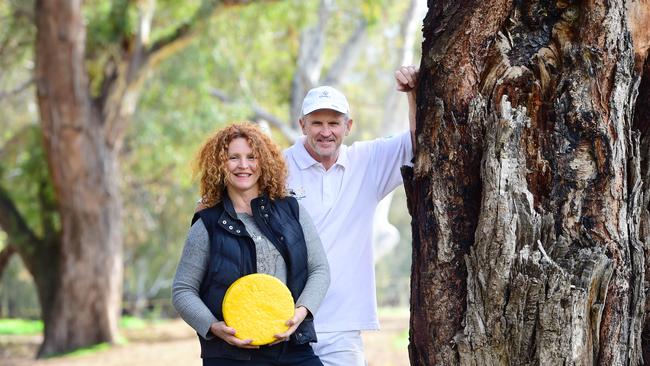
Farm facts
HOW NOW DAIRY
Cathy Palmer and Les Sandles run How Now dairy on 140 hectares at Wunghnu, north of Shepparton, with a milking herd of 75 Jersey, crossbred and Holstein cows.
The couple bottles and sells How Now brand milk and also supplies milk to Locheilan Farmhouse cheesery. The brands are sold through independent retailers in Shepparton, Bendigo and Melbourne, as well as Cannings Butchers.
How Now milk is sold in one-litre and two-litre bottles. The Locheilan range includes camembert, brie, two blue cheese varieties and an English cheddar-style called Cheshire.
They are developing a washed rind cheese, a Persian feta, a parmesan type and haloumi.
hownowdairy.com.au
Cathy Palmer and Les Sandles are in the running to be The Weekly Times Coles 2017 Innovative Farmer of the Year. Visit theweeklytimes.com.au

